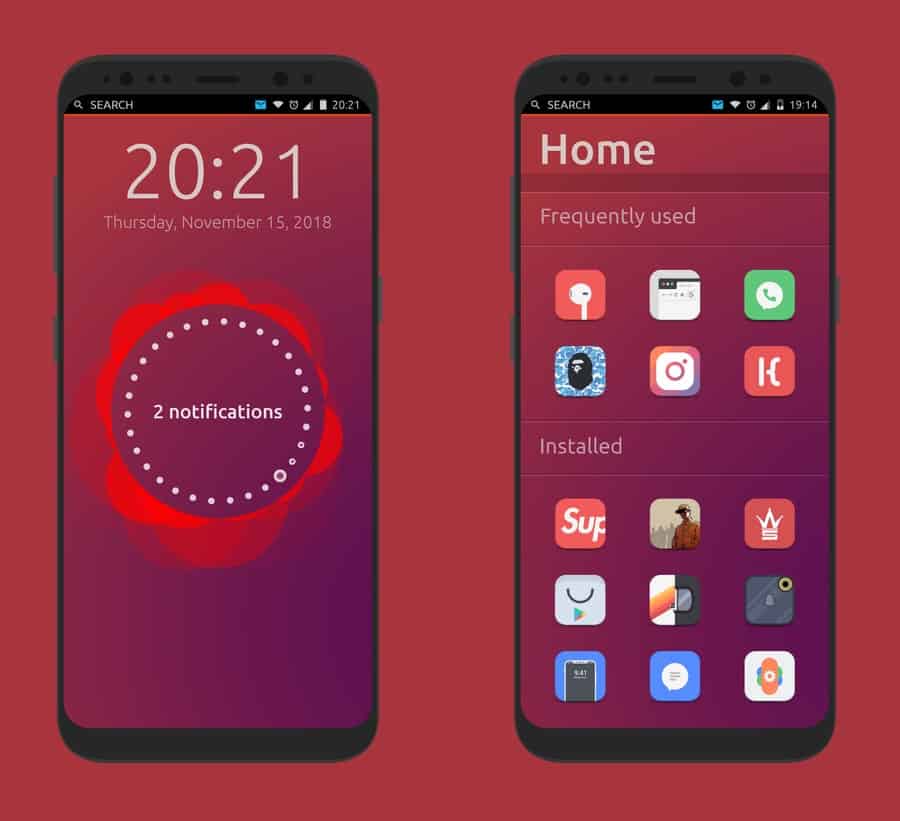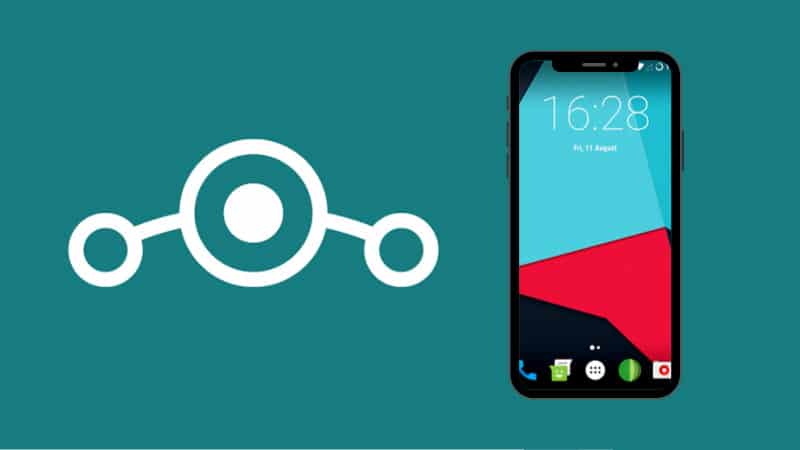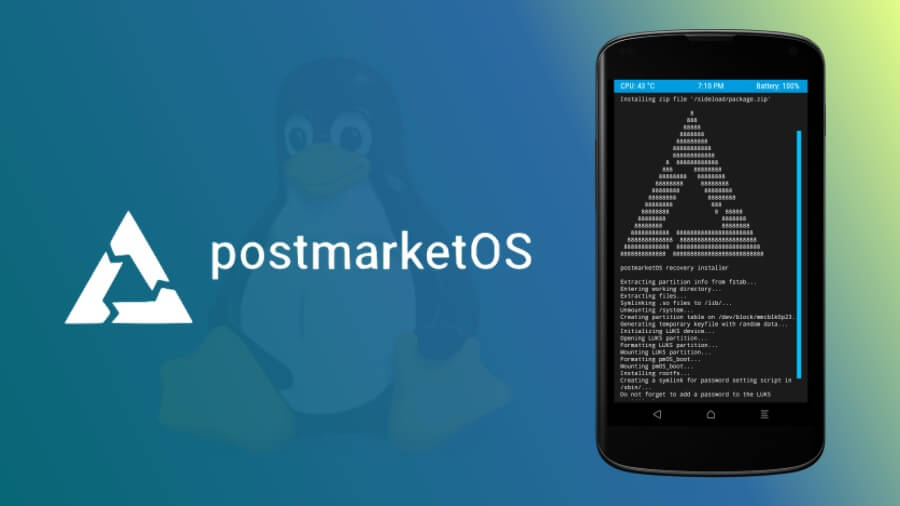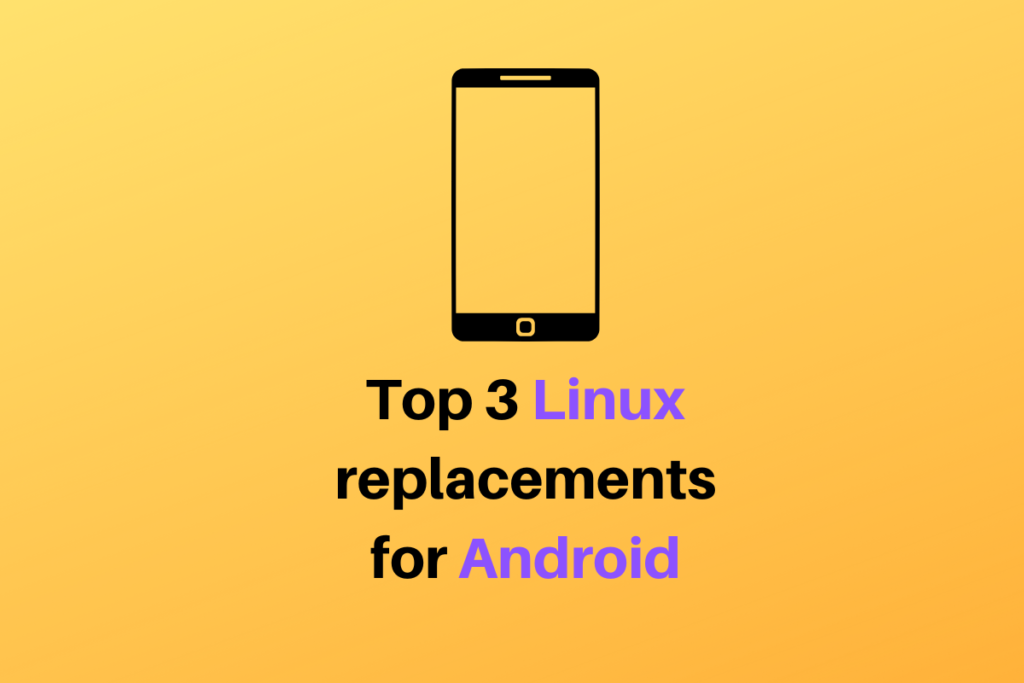In this article, we’ll take a look into the top 3 Linux OSs that are built for smartphones. However, we must keep in mind many of these replacements are in an experimental phase, but that is precisely what makes it most important to install and let the developers know about the bugs and possible refinements. So, if you are looking for a replacement for Android and already have a spare smartphone at your disposal, read on!
1. Ubuntu Touch – Easiest Operating System for Android Phones
Probably the most anticipated replacement for Linux users is the OS made by the Ubuntu Developers. This is by far the most famous Android replacement for Linux users. This year, things are a lot different and the OS has started to make some significant dent. The user experience is much better and the native app support is also better. Your smartphone will be as handy as any smartphone if it runs Ubuntu Touch. For a list of supported devices look through this list.

Installation
Now let us look into the installation procedure: First, you are required to download the UBports Installer. Head over to the link and download the correct version for your device. Now start the installer and you will receive some on-screen instructions. First and foremost you will be required to connect your smartphone with a cable to your PC, then click on “Select Device Manually” and select the correct device. You can now go through the different Channels and choose any one to your liking. Click on Install and wait for it to complete. After 7-8mins of wait time, your installation will be complete and you can now enjoy Ubuntu Touch!
2. LineageOS – Bug-free Operating System for Android Phones
Another popular choice is LineageOS. I remember the first time I installed Lineage on a Raspberry pi3b+. As the Raspberry Pi is an arm-based device, Lineage works flawlessly on it. For the list of supported devices check out this link. You will find that Lineage supports a lot more devices than most other custom ROMs offer. We have popular choices of Motorola, LG, Samsung, and Nokia to name just a few. It is worth mentioning that LineageOS is the successor of the famous CyanogenMod.

Installation
Now let’s look into the installation procedure. As of the latest, LineageOS version is 19.1. First, make sure that your device has an unlocked bootloader. Note that the installation procedure might be different for different mobile devices so please make sure to read all documentation correctly. Go to this link and choose your device and you will find the installation guide there.
3. postmarketOS – Alpine-based OS for Android Phones
postmarketOS is an Alpine Linux-based OS for your smartphone. They claim to build an OS that secures the longevity of your smartphone and gives it a new life. In Android, there is a monolithic build system, but postmarketOS is instead built up with several small packages. There are minimal device-specific parts so as to make the OS binaries work on hardware that has the same CPU architecture.

Installation
Let us look into the installation procedure now. First check the list of supported devices here. Make sure to backup all your files and use a custom recovery like TWRP. In this article we are using the poco F1 as the hardware, you can follow the instructions for a similar device. You will also require a Linux OS to build postamrketOS. First, update and upgrade your system using the below commands:
sudo apt update && apt upgrade
Now check your python version by the following command(s):
python --version OR python3 --version
Make sure that your python version is 3.6 or greater. Now give the following command to make sure to install some of the tools we’ll be needing:
sudo apt install build-essential openssl git python3-pip
Enter your password and press y if prompted. When this is done type in:
pip3 install --user pmbootstrap
This will install the pmbootstrap utility that we’ll be using to install postmarketOS. When the process has finished type in:
source ~./profile
to reload the configuration and then type in:
pmbootstrap init
hit enter to confirm the work path. Now choose the latest “edge” release. Next, when prompted for the vendor type in: “xiaomi” and for the device codename type in: beryllium which is our Poco F1. We’ll then confirm our choice for the “tianma” kernel and use the proprietary GPU package. Next, enter the username for your postmarketOS and choose your user interface, we’re going with “phosh”. Now add in any extra packages you might want and configure your timezone. When you are done with this type in:
pmbootstrap install
Once this process is finished we’ll flash postmarketOS on our device. For this type in the following command:
pmbootstrap flasher flash_rootfs
At some point you’ll see a message “waiting for device”, then you will initiate fastboot mode in your device by holding the volume down button and the power button for 10 seconds and plug in your phone. Now be patient with the flashing process it might take 10-15mins. When it’s done we’ll also need to flash the kernel to do that type in the following command:
pmbootstrap flasher flash_kernel
You are now done, just reboot your phone and you will be logged into postmarketOS
Conclusion
So, there you go readers! Top 3 android replacements from the Linux community. Most of the builds are still at an experimental stage, however as stated before it is crucial for testers like us and you to give developers our feedback. Only then progress can be made. Through the years Linux has come a long way and these projects are a huge part of this community. I hope you guys liked this article and as always, thanks for reading!
